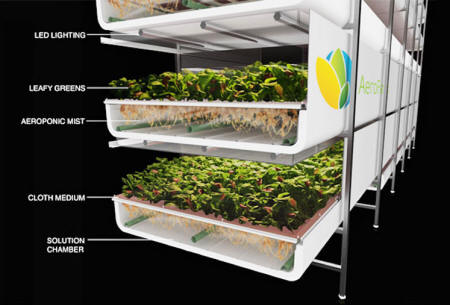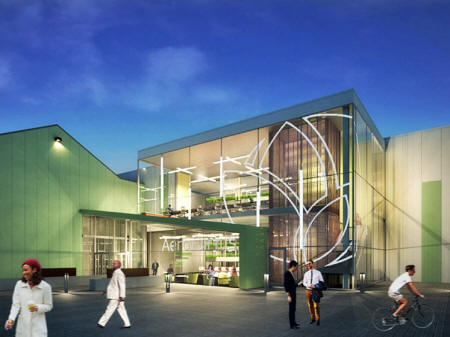|
from
TrueActivist Website
As documentaries like Food Inc. have conveyed, large-scale agricultural farming is not a sustainable method of producing food for the world's growing population. But vertical farming might be…
A start-up AeroFarms is presently building what will be the largest vertical farm in the world.
Vertical farms are,
CONSUMER BENEFITS
No doubt about it, vertical farms are likely to become a very popular method of growing food in the near future, especially in urban environments.
Credit: Inhabitat
AeroFarm's $39 million facility will transform an old steel mill in Newark into a high-tech green haven capable of producing over two million pounds of kale, arugula, and other produce in a year.
The food will then be sold locally.
Said David Rosenberg, Co-Founder and CEO of AeroFarms:
LED lights and a controlled environment help the produce mature faster.
For example, a seed that usually would take 30 days to grow can reach its full development in 16 days, according to Rosenberg. The shorter span of time in return allows the facility to have 22 crops turns per year instead of just three in a normal field.
Credit: Archinect
And because the weather can be quite unpredictable, such a facility offers stability concerning the future of food production.
VIDEO
This facility will grow 22 crops per year with the help of LED lighting and a controlled environment.
|



